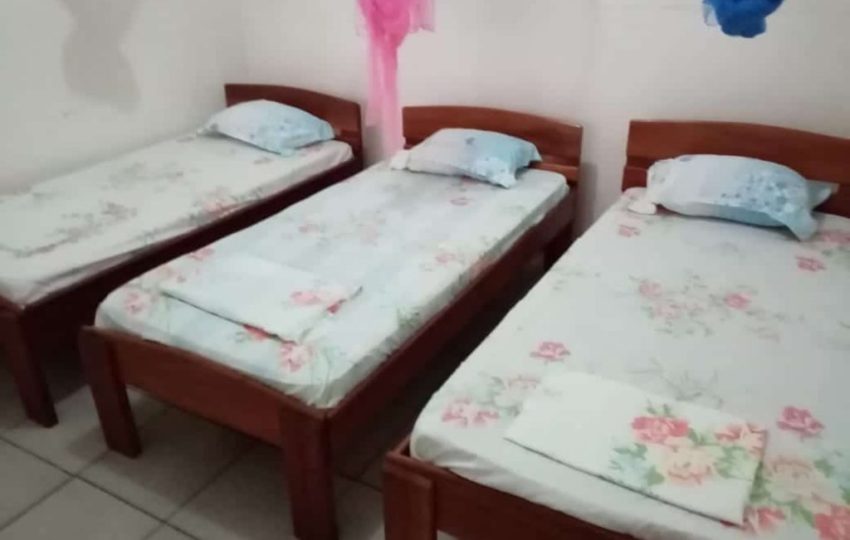Galibi is situated on the North East coast of Suriname at approximately 1 hour per boat from the border town Albina.
Each year from Mid February till June/begin July the Sea turtles come to lay their eggs on the beach near Galibi.
The white beach where this takes place is called Alusjaka by the indigenous.
Galibi is the place where we spend the night during this tour.
This Amerindian village previously consisted of two villages Christiaankondre and Langamankondre.
Both villages have a captain (village chief) and a Basja (sub chief).
This is the largest indigenous (Indians) village of the Caribbean.
Here you can get acquainted with the indigenous ways of life, their culture and you can also take a look at the Church that completely is created of wood .
In the women’s center it is possible to see the finished products and buy the various crafts that will be used. You can buy baskets, chains, costumes and instruments that are all made by hand.
The turtles
In Galibi there are different species of sea turtles, 4 in total.
The main and most interesting (also in size) are: the green soup turtle (Krape), and the Giant Sea turtle or Leatherback (Aitkanti).
The Surinamese name Aitkant literally means 8 sides, after his 8-sided shield.
The Krape is most endangered but action has been taken by the government and environmental organizations (hence the strict rules on the beaches at night).
The turtles cover great distances to reach these place, almost always proximate to the place they were born themselves.
The nests can be traced through the turtles, they leave a track behind in the sand. The track runs from the water to their nest. This track is slowly being visible through the changing tide line.
The egg laying process
The egg laying by the turtles is a unique event.
It’s very special to witness and we feel privileged to be able to offer this tour.
- first the turtles come out of the sea to search for a good spot above the flood line
- if successful and comfortable and safe enough the turtle starts digging with its hind legs and tail
- when finished and again feeling comfortable and safe enough (and the sand not too moist at the bottom for the eggs) the turtles starts laying its eggs.
They can lay up to 150 eggs in one nest. - if this is done they cover the nest with sand, again using their hind legs and tails.
- then the turtles find their way back to the sea and slowly submerge out of sight.
Each hatching season a turtle can make 3 to 8 nests.
A nest can contain from 60 up to 150 eggs.
If the eggs are laid they are again covered with sand and heated trough the Sun which is usually above thirty degrees.
The eggs are laid in the dark, because the turtles get afraid when there is too much light.
Because of this only the use red lights (which is not observed very well by the Sea turtles among other creatures) is allowed at the beaches at night.
Bright white lights and flashes are very illegal and government authorities can be seen on the beaches to enforce these rules and to protect the eggs.
French Guyana
A bonus you get on this tour is a visit to the border town of French Guyana: Saint Laurent du Maroni.
Here we make a quick stop to:
– Visit another country (and another Guyana, Suriname was once called Dutch Guyana).
– Do a quick city tour
– Visit the compounds of the prison there (famous for housing le Papillion and more famous prisoners.
– Being able to buy some French products (for the ones that like to do this, only euros are accepted here, no Surinamese dollars).

















